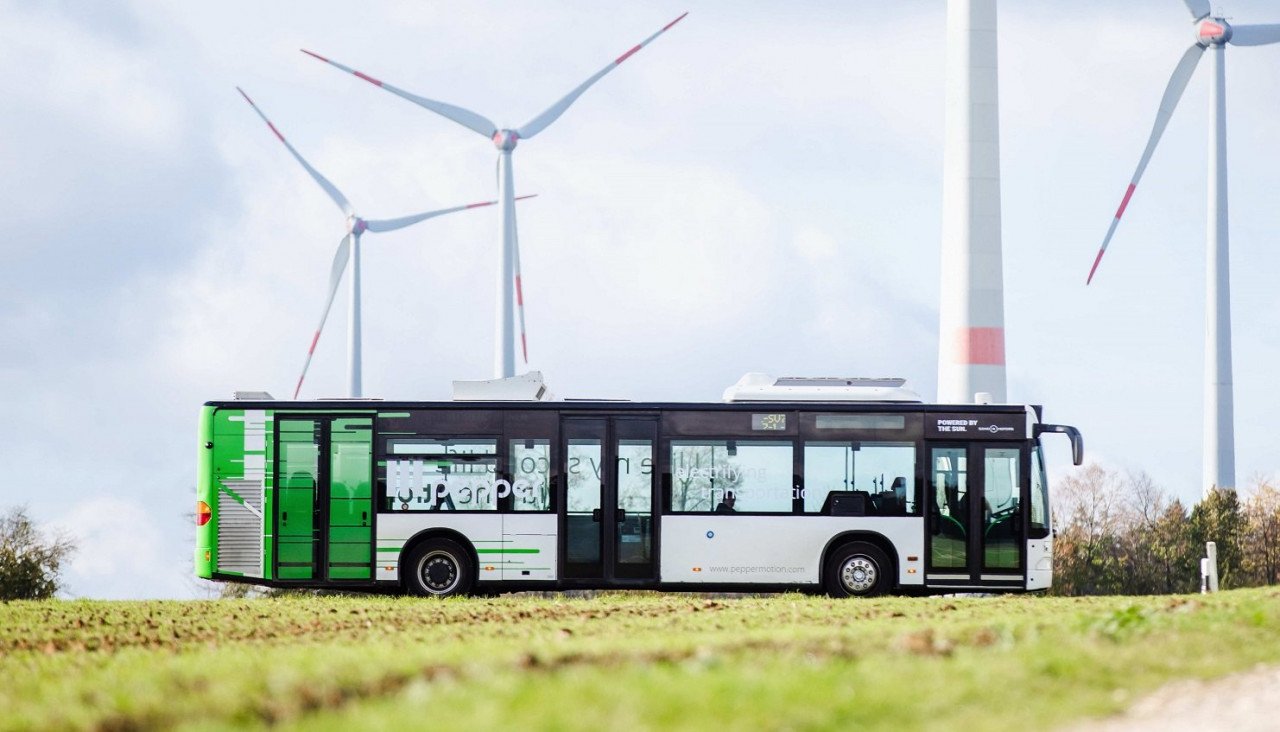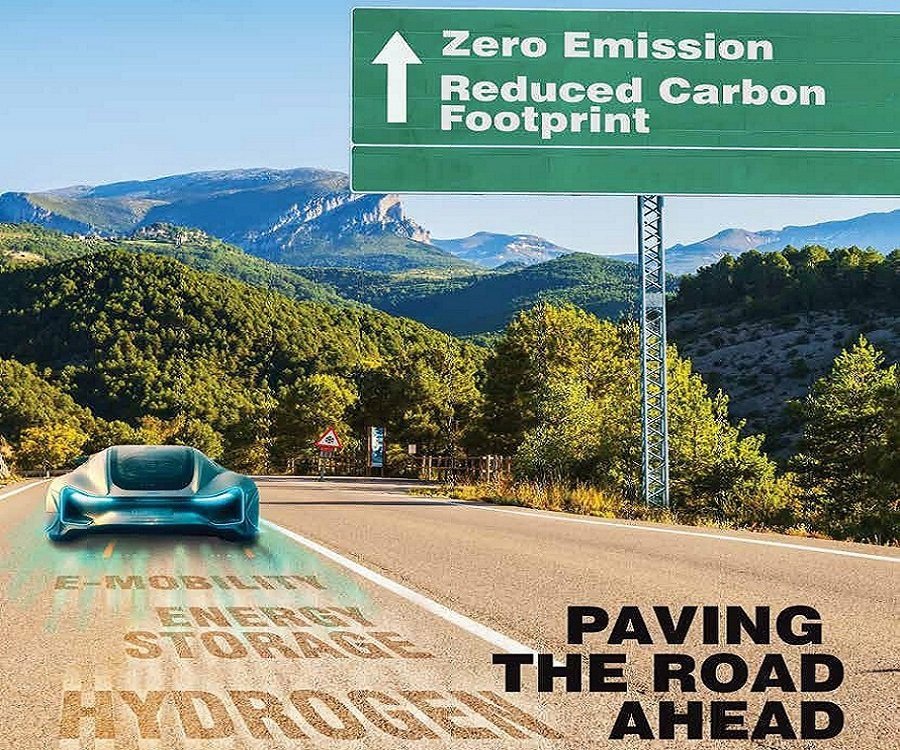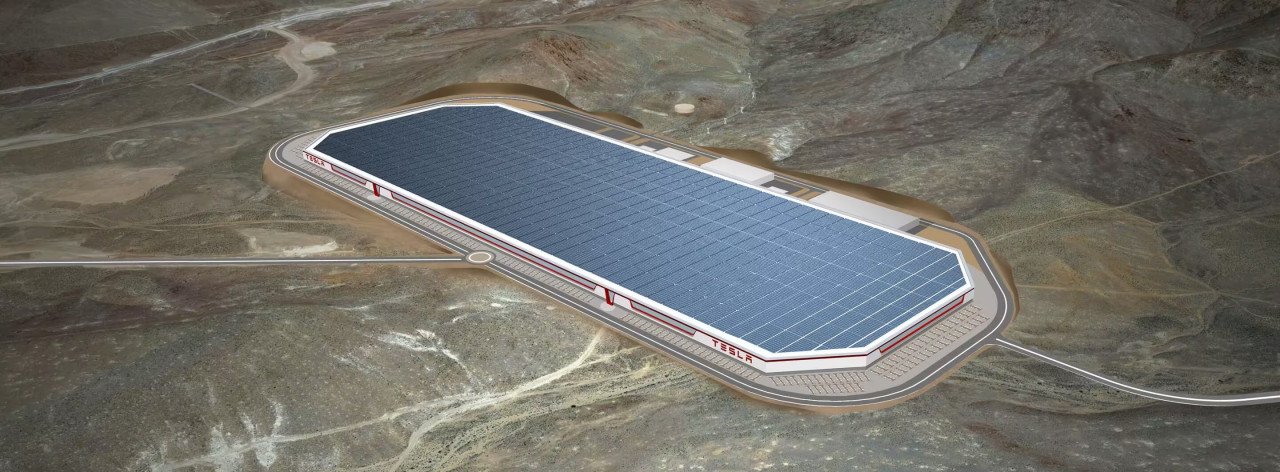Sono Motors and Pepper debut electric bus with Solar Technology
Munich-based solar mobility OEM Sono Motors and electrification firm Pepper Motion GmbH have recently debuted the first electric bus with the former's solar technology on the streets of the German city.
As part of the ongoing collaboration, Sono Motors equipped an electrified Mercedes-Benz Citaro from pepper's demo fleet with a customized version of the 'Solar Bus Kit' containing 14 semi-flexible solar modules to provide around 1.3 kW peak to the 24-volt system.
The energy generated by this installation is expected to be 3.3 kWh/day on yearly average based on weather conditions in Munich.
The partnership with pepper is the next milestone project on the way to Sono Motors' mission of solar on every vehicle, as well as a new strategic market entry for the Company's B2B business. pepper is an international OEM working on the electrification of used and new vehicles.
During the next two years, pepper clients across Europe will have the opportunity to participate in the test phase. "We believe in a future in which every vehicle is a solar electric vehicle. That's why we're convinced that our first e-bus with solar technology is a great achievement for the future of public transport. Sono Motors and pepper aim to accelerate the transition towards zero-emission vehicles already today", states Laurin Hahn, CEO, and co-founder of Sono Motors.
"We at pepper are passionately committed to driving successful mobility transformation in our society, thus Sono Motors is the ideal partner for us as we share the same vision of a world without fossil fuels", says Andreas Hager, CEO of pepper.


















